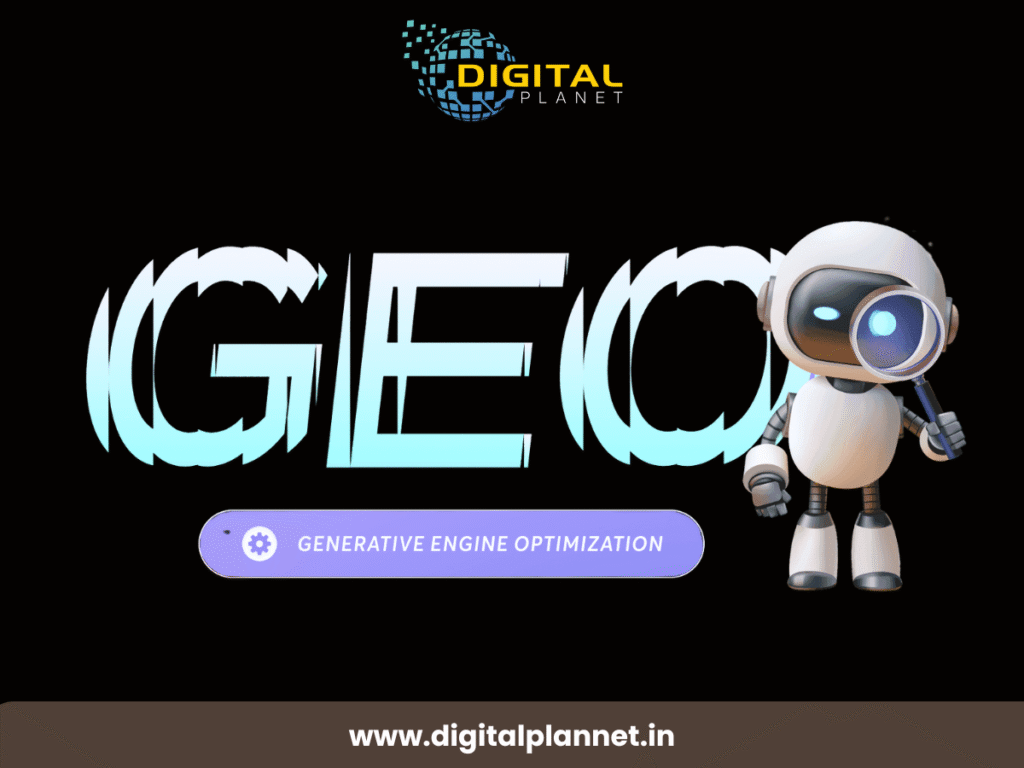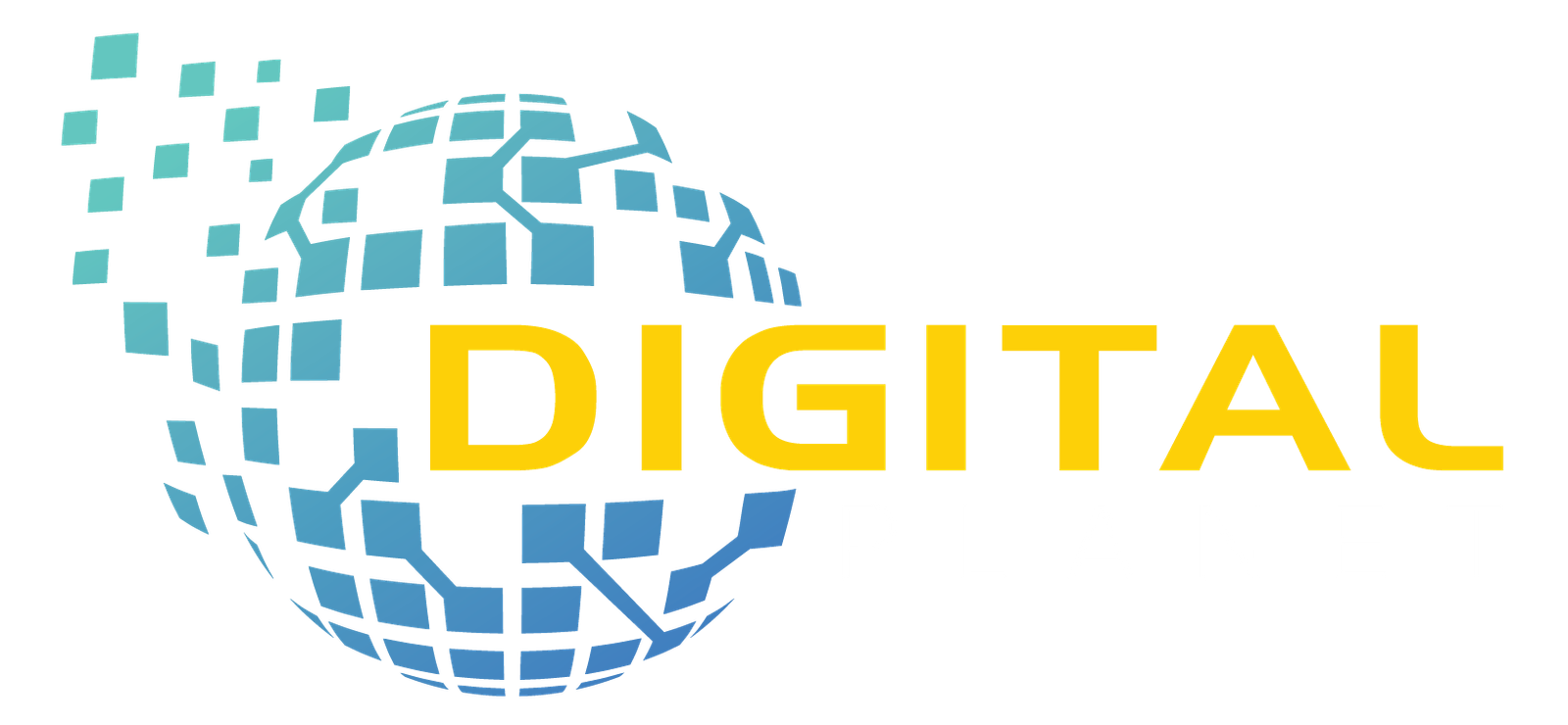Generative Engine Optimization (GEO): The Future of SEO in the Age of AI Search

In 2025, the digital marketing landscape is undergoing a fundamental transformation. As traditional search evolves into conversational AI interfaces, Generative Engine Optimization (GEO) has emerged as a pivotal strategy. With Google’s Search Generative Experience (SGE), OpenAI’s ChatGPT browsing capabilities, and Perplexity AI dominating user search behavior, marketers must pivot from keyword-stuffed pages to content that ranks well in AI-generated responses.
Below, we present the ultimate guide to mastering Generative Engine Optimization, engineered to help businesses and marketers thrive in the new era of AI-powered search engines.
What is Generative Engine Optimization (GEO)?
Generative Engine Optimization (GEO) refers to the strategic practice of optimizing content to rank prominently within AI-generated answers rather than traditional search engine results pages (SERPs). Unlike classical SEO, which relies on algorithmic indexing and ranking, GEO is about creating content that AI models select, summarize, and reference in conversational results.
These AI engines include:
- Google SGE (Search Generative Experience)
- OpenAI’s ChatGPT (Browse with GPT-4)
- Microsoft Bing Chat
- Perplexity AI
- Anthropic Claude
The goal is clear: ensure your brand’s insights, data, and content become the AI’s chosen source.
Why Generative Engine Optimization Matters in 2025
- 50% of searches in 2025 are powered by AI-generated responses.
- Users no longer scroll through 10 blue links—they get one concise answer.
- The source citation rate is minimal, so only top-trusted content is referenced.
- GEO is becoming the new standard for visibility and authority in digital ecosystems.
If your brand is not being mentioned or linked in AI answers, it effectively does not exist in that search experience.
Core Pillars of Generative Engine Optimization
1. Build Topical Authority with Expertise-Driven Content
AI tools are designed to prioritize authoritative, trustworthy sources. GEO begins with building a content moat around your niche:
- Publish in-depth pillar pages on specific topics
- Interlink related subtopics using semantic relevance
- Use first-party data, quotes, and original research
- Build author profiles with credentials and backlinks
Google’s EEAT (Experience, Expertise, Authoritativeness, Trustworthiness) is no longer optional—it’s the foundation of AI citation logic.
2. Structure Content for AI Consumption
AI models extract, synthesize, and summarize data. To be cited, your content must be easily extractable:
- Use descriptive headings (
h2,h3) with keywords - Structure answers in bullet points, tables, and numbered lists
- Embed FAQs using schema markup
- Ensure concise definitions, clear statements, and logical order
Think less about human skimming and more about machine parsing.
3. Optimize for Semantic and Conversational Queries
AI tools don’t just pull from exact keywords—they parse contextual intent. Optimize your pages for:
- Conversational long-tail phrases like “What’s the best strategy for AI SEO in 2025?”
- Natural language questions and entity relationships
- Use of LSI keywords, synonyms, and phrase variations
Leverage tools like SurferSEO, Frase, and MarketMuse to cluster content semantically.
4. Build a Knowledge Graph Presence
AI tools reference known entities. Establish your brand as a named entity across platforms:
- Claim and optimize your Google Knowledge Panel
- Connect your LinkedIn, Wikipedia, Crunchbase, and Wikidata
- Link author names to consistent online bios
- Use schema markup for organization, author, and product info
This increases your visibility in AI’s internal knowledge models.
5. Drive Credibility Through External Validation
The more high-authority backlinks and citations your content earns, the more likely AI will trust and reference it.
- Target editorial links from industry publications
- Appear as a guest expert on high-DA blogs and podcasts
- Get mentioned in news aggregators and thought-leader lists
AI learns trust through repetition and validation across multiple sources.
Advanced GEO Strategies for 2025
6. Create Sourceable “Answer Snippets”
Craft content that answers questions directly, increasing the likelihood of being sourced:
Q: What is Generative Engine Optimization?
A: Generative Engine Optimization (GEO) is the process of optimizing web content to be cited and summarized by AI-powered search engines and chatbots like Google SGE or ChatGPT. It focuses on structured, trusted, and authoritative content that AI systems pull into direct answers.
Repeat this format across your site’s FAQs, blog intros, and product pages.
7. Monitor and Track AI Mentions
Use tools like:
- Glasp: Tracks if your site appears in AI-generated answers
- ChatGPT/Bing logs: Use your brand name queries and see if cited
- Perplexity search with source views
This data helps refine and reverse-engineer GEO success.
8. Diversify Across Multimodal Content
AI engines favor rich media content:
- Use infographics, charts, videos, and podcast transcripts
- Add Alt-text, captions, and schema to enhance indexing
- Distribute via YouTube, LinkedIn Slides, and Medium
Visual content increases AI interpretability and engagement.
Tools to Supercharge Your GEO Efforts
| Tool | Use Case |
|---|---|
| SurferSEO | Semantic content strategy |
| MarketMuse | AI topic modeling |
| Glasp | Track AI citations |
| Schema.org | Structured data markup |
| Frase.io | Answer-focused content optimization |
| Wikidata | Entity recognition for AI models |
Future of GEO: What Comes Next?
By 2026, we expect Generative Engine Optimization to integrate with voice-first search, augmented reality queries, and enterprise LLMs. Brands must now consider:
- How their content appears in Wearables or AR Glasses
- Whether they are part of enterprise AI chatbots referencing public data
- How GEO feeds product discovery, news relevance, and zero-click conversions
The time to invest in GEO is now, while competition is still forming.
Conclusion
The rise of AI-driven search engines is not just a trend—it’s a paradigm shift. Traditional SEO alone is no longer sufficient. If your brand is not being cited, surfaced, or summarized in AI tools, it is invisible to the next generation of users.
By mastering Generative Engine Optimization, building topical authority, optimizing for structured AI comprehension, and tracking real-time AI mentions, your brand can dominate this new frontier.
Related Posts
- Best AI for Video Generation Free 2025: Ultimate Guide + Top Picks
- How to Get Invite Code for Sora 2 (2025): The Ultimate Step-by-Step Guide
- Influencer Marketing for Travel Industry 2025
- Top 10 Motivational YouTubers in India-Must Follow in 2025
- Boosting Health & Fitness Brands with Influencer & UGC Marketing
